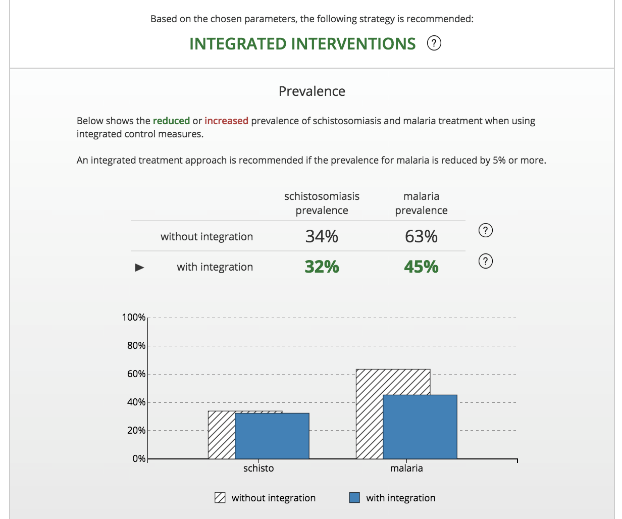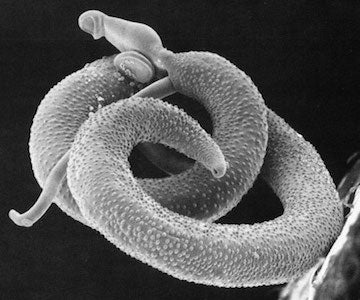Integration of Neglected Tropical Disease Control
Overview
Neglected tropical diseases (NTDs) are diseases of the poor, and extremely ubiquitous. More than one-sixth of the world’s population (over one billion people) suffers from at least one NTD, with likely as many as two billion at risk of infection. NTDs – which include diseases such as schistosomiasis, soil-transmitted helminths, leishmaniasis, Chagas disease, leprosy, and Guinea worm—cause substantial morbidity and mortality, and yet receive comparatively little research or funding attention, particularly compared to the “Big Three” of malaria, tuberculosis, and HIV/AIDS, as well as emerging and epidemic-prone diseases.
The London Declaration of 2012 galvanized support towards control, elimination or eradication of ten NTDs by 2020; to date, while substantial progress has been made, largely through top-down, vertically-managed single disease control programs, there is a recognition that alternative approaches may be needed to achieve full control of NTDs on a global scale. One such approach, which has been gaining traction over the past decade and is endorsed by the World Health Organization, is the concept of integrating NTD control programs to synergize technical, financial, and human resources.
CGHSS has two primary areas of research interest related to the integration of NTD control:
- Developing tools to support evidence-based decision-making related to the integration of NTD control programs

- Analyzing policies and practices related to the administrative aspects of NTD integration

Publications
Standley CJ, Graeden E, Kerr J, Sorrell EM, Katz R. Decision support for evidence-based integration of disease control: A proof of concept for malaria and schistosomiasis. PLOS Neglected Tropical Diseases, 2018; 12 (4): e0006328. DOI:10.1371/journal.pntd.0006328


